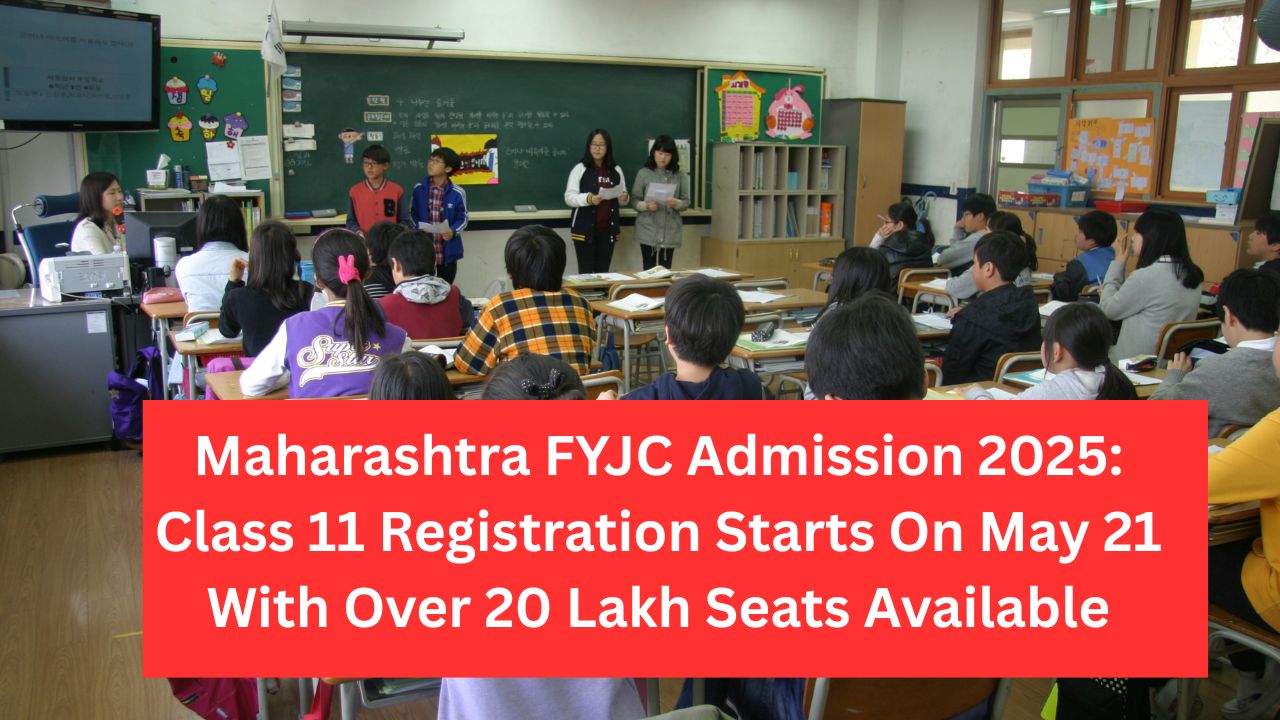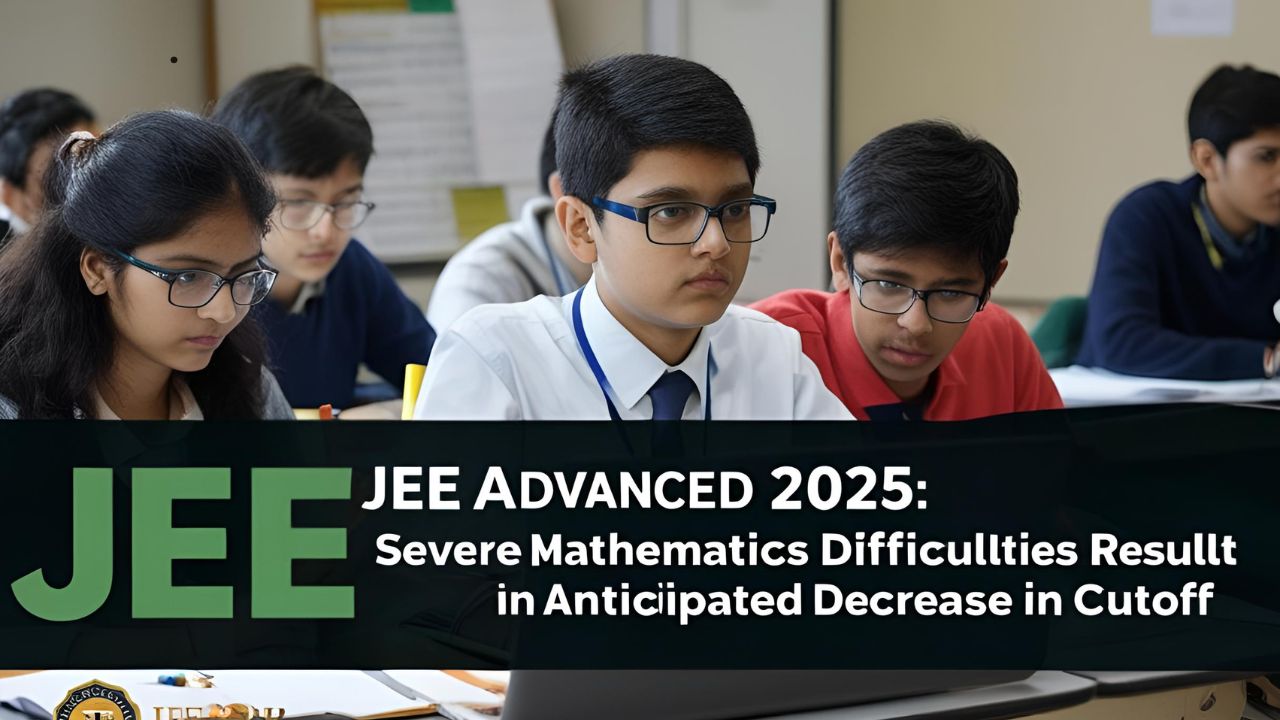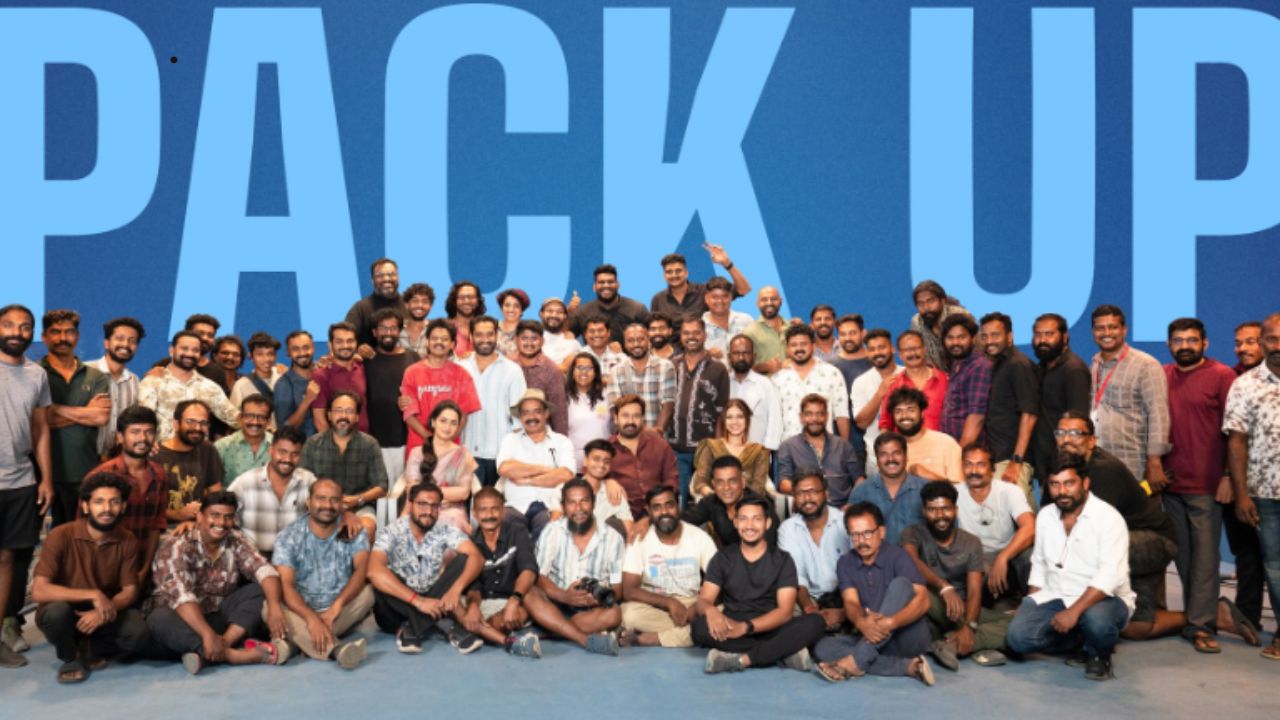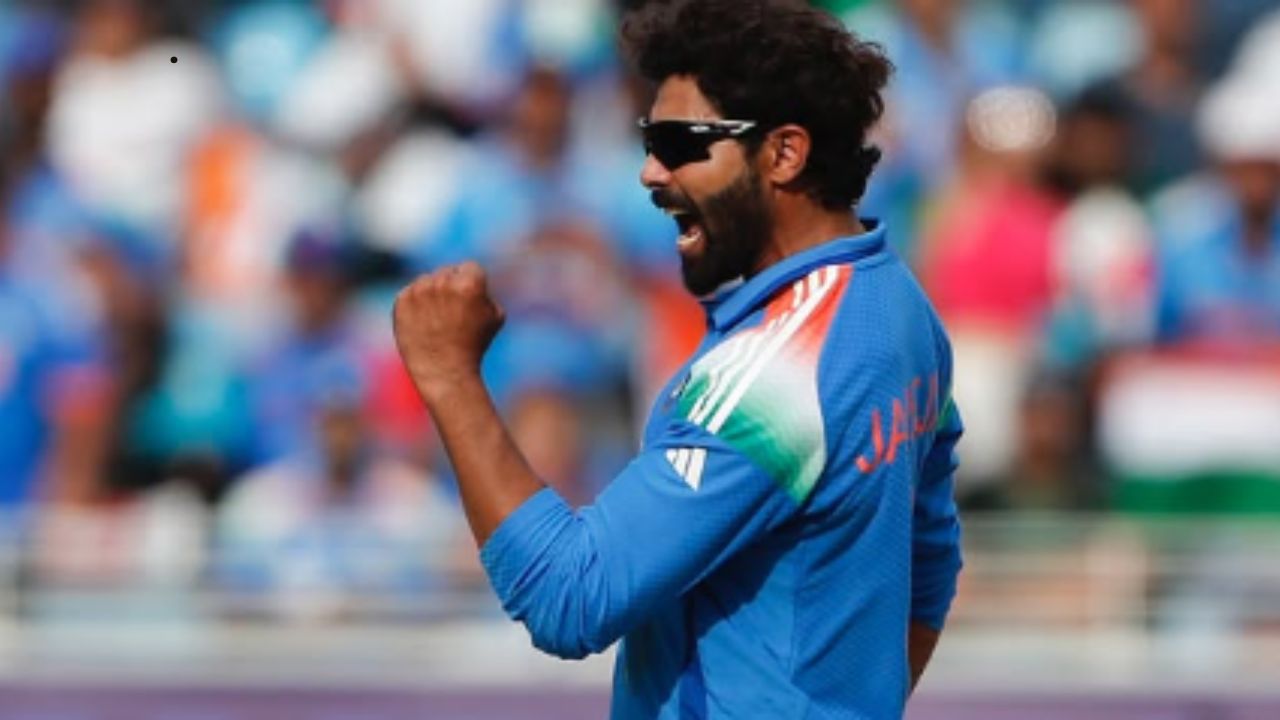Per the notification published by the School Education and Sports Department of Maharashtra, the schedule for first-year college (FYJC) admissions for 2025-26 is out. Registration for Round 1 of the Centralised Admission Process (CAP) will start on May 21 at 11 AM and continue until May 28, 6 PM on the site mahafyjcadmissions.in.
This year, the admission process boasts an unprecedented count of 20,43,254 seats spread across 9281 junior colleges in the state. Science has 8,52,206 seats, commerce has 5,40,312, and arts stand at 6,50,682. Students can choose from 1 to 10 junior colleges during the application process.
To help students become familiar with the process, a practice registration session will be held from May 19 to May 20. At midnight on May 20, all data entered during this session will be wiped clean, requiring users to register anew when the official window opens.
The provisional merit list will be completed by May 30, 11 AM. Grievance and correction requests will be accepted until June 1, 4 PM. The final list will be published on June 3, 4 PM, and admission allotment will occur on June 5. Allotted colleges will be published on June 6, 10 AM.
Candidates who are allotted seats must verify documents between June 6-12 for document uploads. The second round of vacant seat lists will be published on June 14. Significantly, managed, in-house, and minority quota admissions will also begin on June 6.
The government added a helpline for admission process queries: 8530955564, and email support at ([email protected]). For general questions. Students and parents are advised to monitor the official website and communicate only through formally issued updates.
The authorities hope to fill all CAPROUND 1 seats fully described in the 4 planned rounds, with leftover seats changes to the open category thereafter. The proposed process for Maharashtra FYJC 2025 is expected to significantly improve student placement into their desired streams and colleges throughout the state.
Read: JEE Advanced 2025: Severe Mathematics Difficulties Result in Anticipated Decrease in Cutoff










